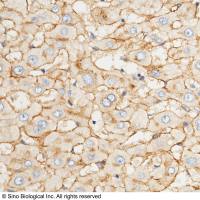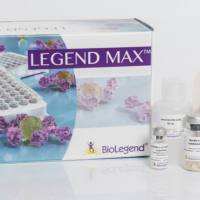Analysis of Antigen-Specific B-Cell Memory Directly Ex Vivo
Helper T-cell-regulated B-cell memory develops in response to initial antigen priming as a cellular product of the germinal center (GC) reaction. On antigen recall, memory response precursors expand rapidly with exaggerated differentiation into plasma cells to produce the high-titer, high-affinity antibody(Ab) that typifies the memory B-cell response in vivo. We have devised a high-resolution flow cytometric strategy to quantify the emergence and maintenance of antigen-specific memory B cells directly ex vivo (Subheading 3.1. ). Extended cell surface phenotype establishes a level of cellular diversity not previously appreciated for the memory B-cell compartment (Subheading 3.2. ). Using an “exclusion transfer” strategy, we ascertain the capacity of two distinct memory B-cell populations to transfer antigen-specific memory into naive adoptive hosts (Subheading 3.3. ). Finally, we sequence expressed messenger ribonucleic acid (mRNA) from single cells within the population to estimate the level of somatic hypermutation as the best molecular indicator of B-cell memory (Subheading 3.4. ). In this chapter, we describe the methods used in each of these four sections that serve to provide high-resolution quantification of antigen-specific B-cell memory responses directly ex vivo.
![预览]()






